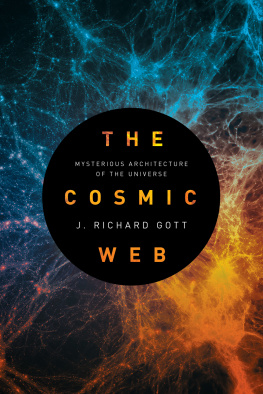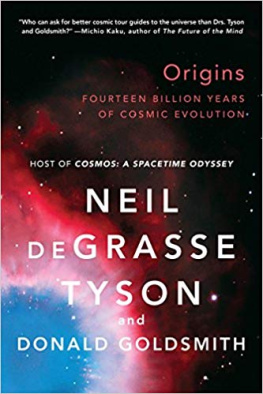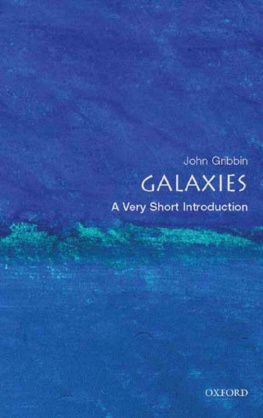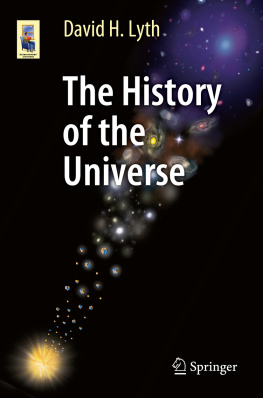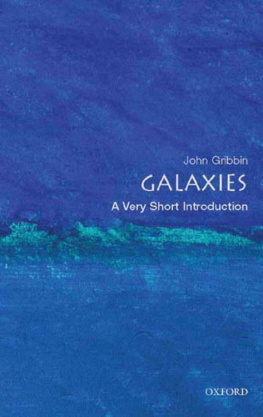

The Cosmic Web

The Cosmic Web
Mysterious Architecture of the Universe
J. Richard Gott
PRINCETON UNIVERSITY PRESS
Princeton and Oxford
Copyright 2016 by J. Richard Gott
Requests for permission to reproduce material from this work should be sent to Permissions, Princeton University Press
Published by Princeton University Press, 41 William Street, Princeton, New Jersey 08540
In the United Kingdom: Princeton University Press, 6 Oxford Street, Woodstock, Oxfordshire OX20
1TW
press.princeton.edu
Jacket image courtesy of Illustris Collaboration
All Rights Reserved
ISBN 978-0-691-15726-9
Library of Congress Cataloging-in-Publication Data
Gott, J. Richard.
The cosmic web : mysterious architecture of the universe / J. Richard Gott.
Princeton : Princeton University Press, [2016] | Includes bibliographical references and index.
LCCN 2015026434 | ISBN 9780691157269 (alk. paper)
LCSH: AstronomersBiography. | Gott, J. Richard. | AstronomyHistory. | Cosmology.
LCC QB35 .G68 2016 | DDC 523.1dc23 LC record available at http://lccn.loc.gov/2015026434
British Library Cataloging-in-Publication Data is available
This book has been composed in Minion Pro and ITC Goudy Sans
Printed on acid-free paper
Printed in the United States of America
10 9 8 7 6 5 4 3 2 1

To Mrs. Ruth Pardon, my high-school math teacher; Dr. Bruce Wavell, head of the Rollins College summer math program; Mrs. Dorothy Schriver, Science Talent Search Program Manager; Drs. James E. Gunn and Martin Reeswho all set me on my way; and to my colleagues in the topology group, who accompanied me on our journey through the cosmic web. Finally, to my new granddaughter Allisonwelcome to the universe.

Contents

Acknowledgments
First and foremost I thank my wife, Lucy, for her love and support and for her professional expertise in editing the manuscript for clarity. I thank my daughter Elizabeth and son-in-law Michael for their love and support. I thank my colleague Michael Vogeley, who kindly read the entire manuscript and offered his excellent comments and additions, Bob Vanderbei and Li-Xin Li for assistance with diagrams, and Zachary Slepian, Matias Zaldarriaga, Nima Arkani-Hamed, and Andrew Hamilton for their helpful comments. I thank my agent Jeff Kleinman, who is always a pleasure to work with, and my wonderful editor at Princeton University Press, Ingrid Gnerlich, and her assistant, Eric Henney. I thank my production editor, Brigitte Pelner, my copyeditor, Linda Thompson, and my illustration manager, Dimitri Karetnikov, for their expert help.
It is a pleasure to acknowledge the many colleagues with whom I have worked on large-scale structure in the universe: Jim Gunn, Martin Rees, Ed Turner, Sverre Aarseth, and Suketu Bhavsar early on; Adrian Melott and Mark Dickinson, with whom I developed the spongelike topology idea; Andrew Hamilton, who derived a critical formula; David Weinberg, who implemented its use in many collaborations; Trinh X. Thuan and Michael Vogeley, with whom I worked on observational samples; Changbom Park, whose computer simulations proved cold dark matter could produce Great Walls; Barbara Ryden who worked on topology in rodlike samples, Wes Colley and Changbom Park, with whom I worked on the cosmic microwave background; Mario Juri, who helped measure the Sloan Great Wall; Lorne Hofstetter who helped make a picture of it; Juhan Kim, who, together with Changbom Park created the Horizon Run simulations; and Clay Hambrick, Yun-Young Choi, Robert Speare, and Prachi Parihar, who took part in our project to apply our topology technique to compare the large computer simulations with observations from the Sloan Survey. I thank Zack Slepian for his collaboration on a formula to characterize dark energy. Many of these people have followed this project for decades and have become lifelong friends. I treasure all these associations.

Preface
Galileo once said: Philosophy [nature] is written in that great book which ever is before our eyesI mean the universe. The book is written in mathematical language, and the symbols are triangles, circles and other geometrical figures. So it proved to be with the arrangement of galaxies in the universe. To understand it would require geometrical language.
When I was 18 years old, I discovered a group of intricate, spongelike structures made of triangles, squares, pentagons, or hexagonssome of which neatly divided space into two equal and completely interlocking regions. These were regular spongelike polyhedronsfigures composed of regular polygons whose arrangement around each vertex was identical. Being a teenager, when confronted with the ancient Greek wisdom that there were five, and only five, regular polyhedrons (the tetrahedron, cube, octahedron, dodecahedron, and icosahedron)and that this had been proven long agoI said, Well, maybe not. I made this my highschool science project and took it to my local science fair in Louisville, Kentucky. Surprisingly, this would later play a role in my own path to understanding the arrangement of galaxies in the universe.
Johannes Kepler was my inspiration. He had also questioned the ancient wisdom of the five regular polyhedrons. Kepler thought that the three regular polygonal tilings of the plane should be counted as polyhedrons also: the checkerboard, the hexagonal chicken-wire pattern, and triangles, six around a point, filling the Euclidean plane. Both the checkerboard and the cube were equally regular arrangements of polygons (even though one turned out flat and the other, three-dimensional). Kepler thought a checkerboard, for example, could be considered a new regular polyhedronwith an infinite number of faces. But Kepler didnt stop there; he also recognized two new regular starred polyhedrons. One has faces that are five-pointed stars like those on the American flag. Isnt a star just as regular as a pentagon? It has five points, just like the pentagon, and is likewise made by drawing five equal-length lines connecting them. The only difference is that the lines are allowed to cross through each other! You just have to expand your mind a little to see five-pointed stars as regular. Kepler would take five-pointed stars as the faces of his new regular polyhedron. He had them cross through each other to form a three-dimensional star. Kepler understood that you could find new things by breaking the rules just a little. (See .)
Kepler was also fascinated with how one might use polyhedrons in astronomy. There were six known planets in his day. If you built a set of spheres whose radii marked the distances of each from the Sun, you would have six nested spheres. He thought that you might fit the five previously known regular polyhedrons between each of these spheres to explain the geometry of the solar system. In this he was wrong. And when more planets were discovered, the idea broke down completely. But when Kepler was told planets must have circular orbits, he thought to use elliptical orbits instead, and in this he was famously right.
Next page
